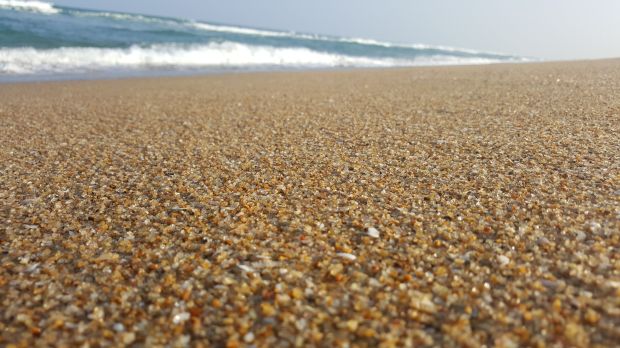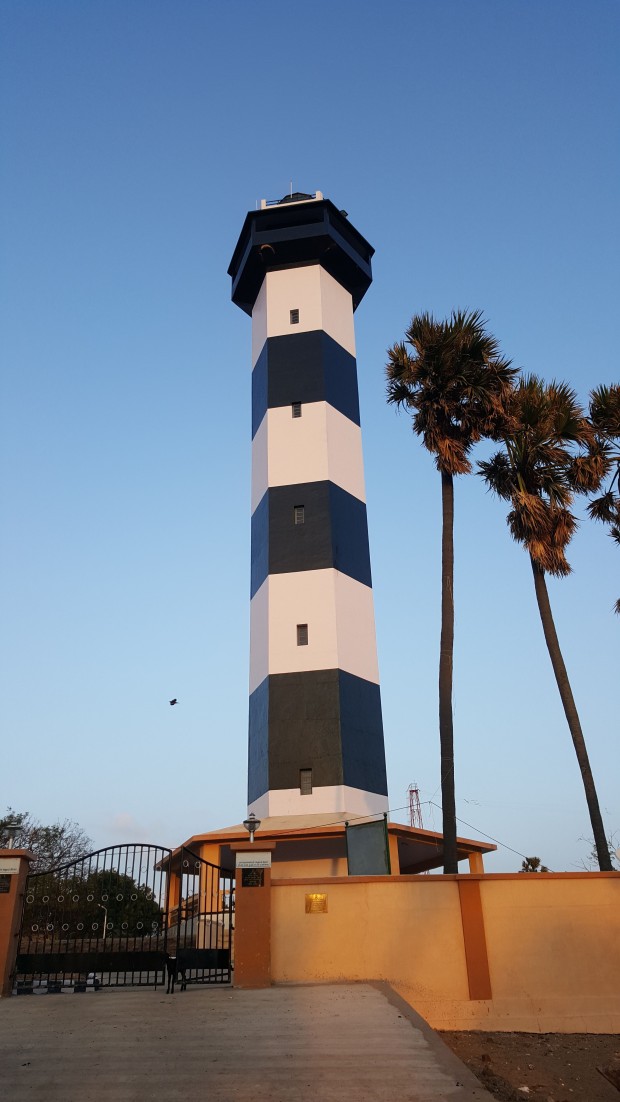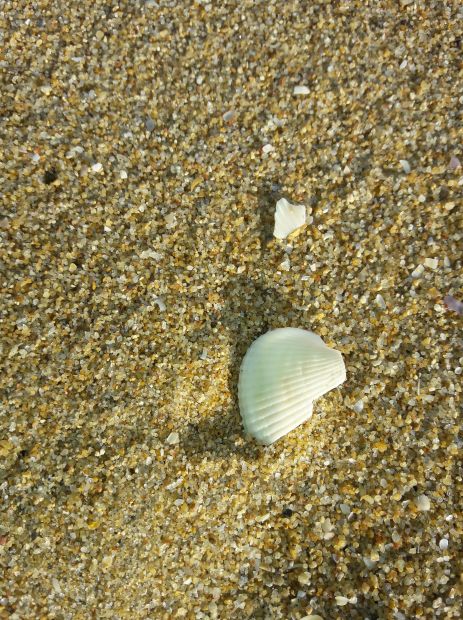After a hectic Final year of Med school, what better way to unwind than visiting my uncle Sathiah in Singapore and checking out the city state. After a thorough online research, I came up with this Itinerary to cover all the places in 1 week.
The best pass for Singapore would be the Ultimate Attraction Pass provided by the Duck Tours.The 5 Day pass costs S$337 for adults. It included
The best way to get around Singapore is by Public Transport. The MRT and Buses will take you everywhere. Taxis are expensive and are not needed. Buy an LTA card and recharge at the kiosks in the MRT Stations.
Itinerary of Singapore with Ultimate Attraction Pass.
| Day |
Time |
Place |
Timings |
Entry fee (S$) |
|
| 1 |
|
Bayfront MRT |
|
|
|
|
|
Gardens by the Bay |
9 am – 9 pm |
28 |
|
|
|
Open gardens |
5 am – 2 am |
|
|
|
|
Far East Org |
9 am – 9 pm |
|
|
|
|
OCBC Skyway |
9 am – 9 pm |
5 |
|
|
|
Satay by the Bay |
|
|
|
|
|
Marina Barrage |
|
|
|
|
|
Grand Empire Restaurant |
12 pm – 2 pm |
24 |
|
|
|
Singapore Flyer |
8.30 am – 10.30 pm |
33 |
|
|
|
Alive Museum |
10 am – 10 pm |
25 |
|
|
|
Fountain of Wealth |
|
|
|
|
|
Suntec Convention and Exhibition Centre |
|
|
|
|
Moonlight Adventure |
6.30 pm – 9.30 pm |
43 |
|
|
|
Promenade MRT |
|
|
|
| 2 |
|
Dhobi Gaut MRT |
|
|
|
|
|
National Museum of Singapore |
10 am – 7 pm |
10 |
|
|
|
Peranakan Museum |
10 am – 7 pm |
4 |
|
|
|
Philatelic Museum |
10 am – 7 pm |
6 |
|
|
|
Xien Chen Gu Shi |
12 pm – 2 pm |
15 |
|
|
|
River Cruise |
till 10.30 pm |
25 |
|
|
|
Parliament |
|
|
|
|
|
Asian Civilizations Museum |
10 am – 7 pm |
8 |
|
|
|
Merlion |
|
|
|
|
|
Raffles Place |
|
|
|
|
|
Raffles Place MRT |
|
|
|
| 3 |
|
Harbour Front MRT |
|
|
|
|
|
Waterfront LRT |
|
|
|
|
|
Universal Studios |
10 am – 7 pm |
74 |
|
| 4 |
|
Imbiah LRT |
|
|
|
|
|
Sentosa Merlion |
10 am – 8 pm |
12 |
|
|
|
Madame Taussads |
10 am – 6 pm |
39 |
|
|
|
Tiger Sky Tower |
9 am – 9 pm |
18 |
|
|
|
Sentosa 4D Adventureland |
|
18 |
|
|
|
Go Green Cycles |
10 am – 9 pm |
18 |
|
|
|
Hard Rock Café |
12 pm – 2 pm |
|
|
|
|
S.E.A Aquarium |
10 am – 7 pm |
32 |
|
|
|
Lake of Dreams |
9.30 pm |
|
|
| 5 |
|
Singapore Zoo |
8.30 am – 6.30 pm |
32 |
|
|
|
Amazon River ride |
11:00 AM |
5 |
|
|
|
KFC Singapore Zoo |
|
|
|
|
|
River Safari |
10 am – 7 pm |
33 |
|
|
|
Night Safari |
7.15 pm – 12 am |
42 |
Day 1
Garden’s By the Bay
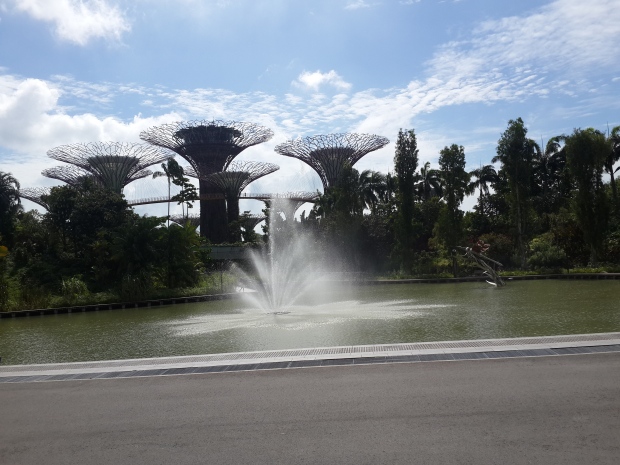
Garden’s by the Bay
Beautiful Gardens built on reclaimed land. The Gardens as such are free. But to view the two conservatories and the OCBC Skyway, they have an entry fee. We got off at the Bayfront MRT located beneath the Marina Bay Sands Hotel and walked out over a Pedestrian overbridge to the Gardens.
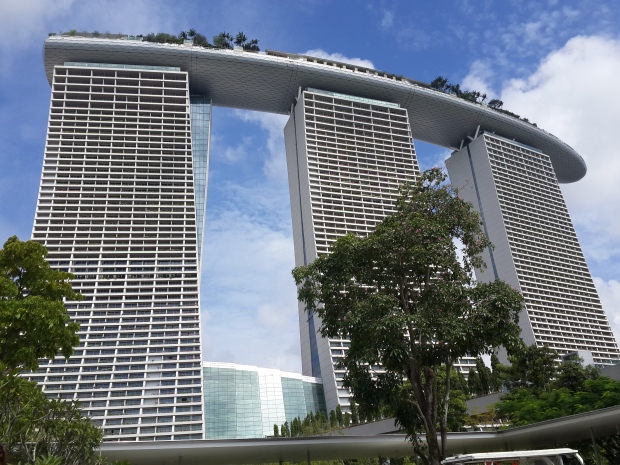
Marina Bay Sands Hotel
The two conservatories can be viewed anytime but the Skyway is subject to inclement weather. The first one is the Flower Dome with controlled climate and all species of plants from across the world. The main attraction would be the wood carving of the Dragon and Deer.
The Cloud Forest is a vertical forest with an artificial waterfall. It represents the various species that would grow at different elevations. There is also a cave exhibit within the cloud dome that is built inside the tower.
Both domes have souvenir shops to buy trinkets. A bit further from the shops we had the “Satay by the Bay” for lunch. My culinary journey will be in a different post. After Lunch, we headed to the OCBC Skyway. It’s seriously not for the fainthearted and those withacrophobia. The Skyway does swing in heavy winds, but they offer a beautiful view of the Bay and and the Barrage.
After lingering in the gardens for some time we decided to head to the Singapore Flyer. It’s at a walkable distance and the way passes by some architectural marvels including the Helix Bridge.
FLYER
The Flyer is actually a giant ‘Giant Wheel’ moving at a very slow pace showing views of the CBD and Bay. On a bright day you could see as far as Indonesia. The best time to visit would be in the evening, when the twilight gives way to the Neon lights of the night, lighting up the skyline. It takes approximately 45 minutes for one turn of the wheel.
Next stop was the Suntec City Mall; wherein the Duck Tours office is located. We booked a Duck tour and a Moonlight Adventure.
Duck Tour
The Duck is a remodeled WWII amphibious Vietnamese war craft that can travel on land and sea. There are 4 different coloured ducks and each has its own name. The Tour starts at Suntec City Mall, passes by the flyer to enter into the water. It sails past the F1 pits, to the Merlion, Fullerton Square and comes back to the same place. It then continues on land to the Esplanade Theatre, the Fullerton Hotel, National Art Gallery, St. Andrew’s Church and finally the end.
Moonlight Adventure
The best way to explore Singapore by night. It Includes:
- Flyer Food Trail – Old school eats
- Captivating lightshow at Gardens by the Bay
- Street market mayhem @Bugis Village
- Romantic River Cruise- Clarke Quay
- Dining & entertainment heaven Orchard Road
First Stop is the Flyer food trail under the Singapore Flyer, where they gave us a 5$ Coupon to buy anything we like. Then off to the Gardens by the Bay for the Sound and Light show, followed by shopping at Bugis and a tour of the Bay area with drop at Orchard Road.
With that ends Day 1 of Singapore.
Day 2: Museum Hopping
The second day we went museum hopping, starting from the National Museum of Singapore, Philatelic Museum, Peranakran Museum, National Art Gallery and Asian Civilisations Museum. Each Museum lasted 45 minutes to 2 hours; the larger ones being the Asian Civilisations Museum and the National Art Gallery. The Peranakran Museum had a lovely interactive stamp game. On the way between the museums you would pass by the Parliament, Treasury, Opera House and Theatres.
The National Museum of Singapore told us about the history of Singapore and the Occupation of Singapore by the Japanese. The Peranakaran are a group of people of different ethnicity who live in Singapore and Malaysia and follow certain customs and practices different from the Malay, Chinese and Indians. The Pernakaran museum brings to you their way of life.The Singapore Philatelic museum also had a visiting exhibit of the Peanuts comic. The Asian civilisation museum has artifacts from all the Asian Civilisations.
Lunch was at Xiao Chen Gu Shi restaurant in Clarke Quay. After the Museums we went to the Bay Area to see the Merlion followed by a quick rest at Raffles Place. We finished the day window shopping at Clarke Quay with it’s Bars and Cafes and a River Cruise down the river.

River Cruise map
Day 3: Universal Studios Singapore
The title being self explanatory. You will need one whole day for the theme park. Be there before opening hours to buy your tickets and to click the Universal Studios Globe outside the park. The tickets are subject to availability and are usually sold out on weekends and holidays.
The Park has 8 sections: Madagascar, Far far away, Jurassic World, SciFi city, Hollywood, Water world and New York City. Each section has it’s own rides and shows. The times keep changing and there are reruns throughout the day.
After your exhausted at Universal Studios, leisure around Resorts world Sentosa; the Waterfront, Lake of Dreams, Festive Walk, The Convention Centre, Casino and Shops outside.
On the way to the Mainland, look around the Vivo City Mall, one of the largest malls in Singapore with a awesome skydeck.
Day 4: Sentosa
Sentosa is a separate world within Singapore. The place has everything to offer, theme parks to adventure sports, wildlife, etc.
We first started at the Merlion statue, followed by the SEGWAY bikes, then the Madame Tussauds , Tiger Sky tower. After the Tiger Sky tower we went to Sentosa 4D Adventureland for a 45 minute show. Then to Sentosa Nature Discovery and a Bicycle Ride around the island. Other attractions in Sentosa that are not included in this card, but are worth visiting include the Underwater World, Adventure Cove Water Park, Luge and Cable Car, iFly Singapore, Trick eye museum, Mega Adventure park. The Free attractions include Fort Siloso, Crane dance,and Wings of Time.
The Last part of the day was spent at the SEA Aquarium containing the maritime history of the South East Asian countries and their sea creatures.
Day 5: Zoo Hopping
Most of the Zoos in Singapore are located in the Mandai area. All three important ones share a common entrance. The first zoo is the main Singapore Zoo. The largest of them all. The second one is the River Safari. The last is the Night Safari, which opens only at 6 pm.
Day 6
With our Pass expired we set about exploring some hidden gems of Singapore, including the Japanese Gardens and Chinese Gardens. Located in the Jurong area, a worthwhile visit for a Naturist like me. The pagoda offers a beautiful view of the surrounding locality and the Bonsai garden has some masterpieces. The Garden of Chinese Zodiac was one of the highlights.
The one scary thing is the population of Lizards in the parks which roam freely around.
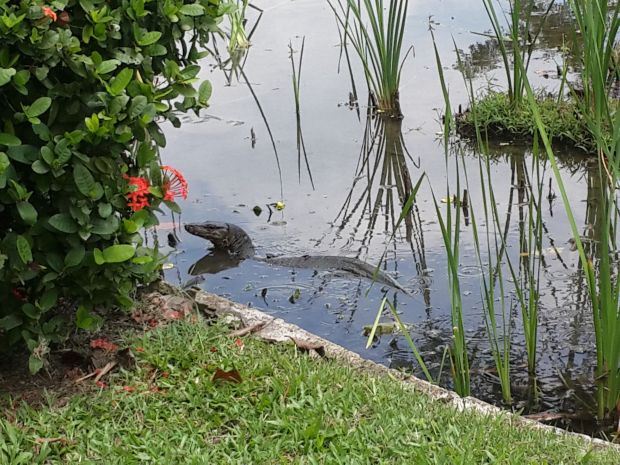
After the Gardens, we went to the Science Centre. Though for children, I loved the way science is taught in a fun way at the centre. The adjacent Omnitheatre brought back nostalgic memories of visiting the planetarium when I was a child.
Day 7:
We started after Lunch to the Suntec City Mall. The mall is one of the largest in Singapore and has a convention centre which often has interesting events going on. The Suntec property has 5 towers depicting the 5 fingers and in the palm we have the Fountain of Wealth. The mall also houses the Alive Museum which uses Trick of the eye to bring to life 3D visualisation.
Next we boarded the MRT to the Marina Bay Sands. Built by the Las Vegas company, it includes a Hotel, Casino, Art and Science Museum, Mall, Convention Centre and Theatre. We first visited the Art and Science Museum. It combines both Art and Science to produce stunning exhibits that are interactive and awe inspiring. The architecture of the museum itself is a marvel.
The Mall is unique since it has an indoor canal with gondola rides. The Casino and Theatres are right next door to the mall. The Skydeck is the best part of today. Make sure to be there by late evening to see the sun set and the dazzling lights of the skyscrapers of the CBD.
After dusk explore the boulevard near the Marina Bay sands to see some modern artworks on display.
Day 8
We visited the Botanical Gardens and the Orchid Gardens. The place abounds with flora and exotic plants, but it was a very humid day and the heat weared us out.
So we left the Gardens after an hour and headed to the famous shopping area of Orchard Road. On the way we passed by many embassies like the Saudi, Chinese, Philippine and Japanese. The entire stretch is filled with arcades and stores. The $2 stores were worth every penny and I bought gifts to take back home.
Other notable places i went to include the Chinatown and the Sri Mariamman temple nearby; Little India, Shopping @ Mustafa and Sri Srinivasa Perumal temple and Sri Veerakaliamman Temple; East Coast Park: a man made beach;
The notable exclusions on my trip were the Jurong Bird Park, Underwater World and Cable car ride. Other lesser attractions that could be visited are the Singapore Discovery Centre, Malay, Indian and Chinese Heritage Centres, Pulau Ubin Island, Mint museum of toys and few Sentosa attractions like Adventure Cove waterpark, iFly, Luge, etc.
Culinary Delights

Hainanese Chicken Rice

Mee Goreng

Ice Kacang

Laksa

Chicken Satay

Ice Cream Sandwich

Nasi Briyani

Kwai Tiao
Thai food: Tumyum soup, Pineapple rice,
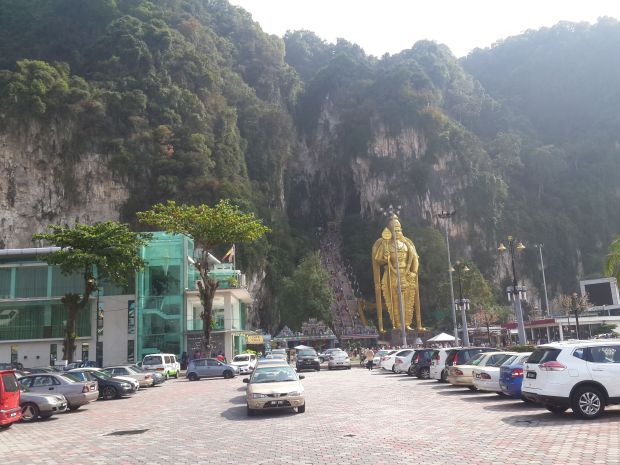
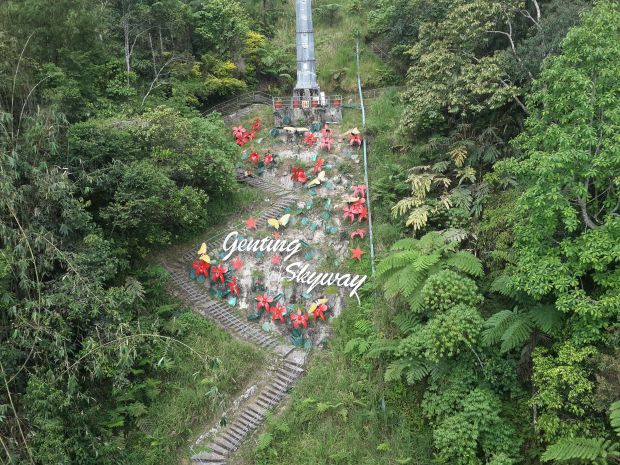
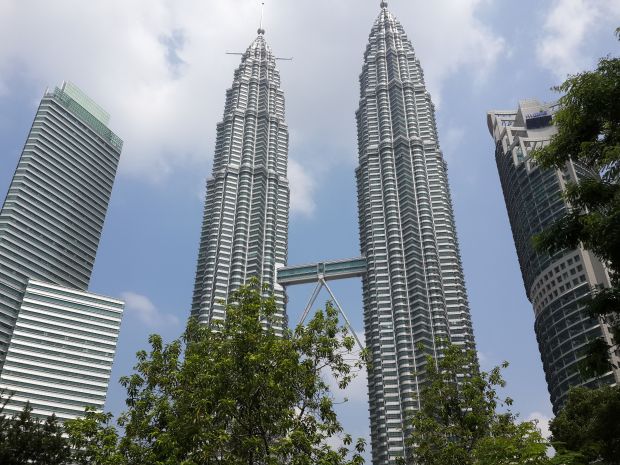
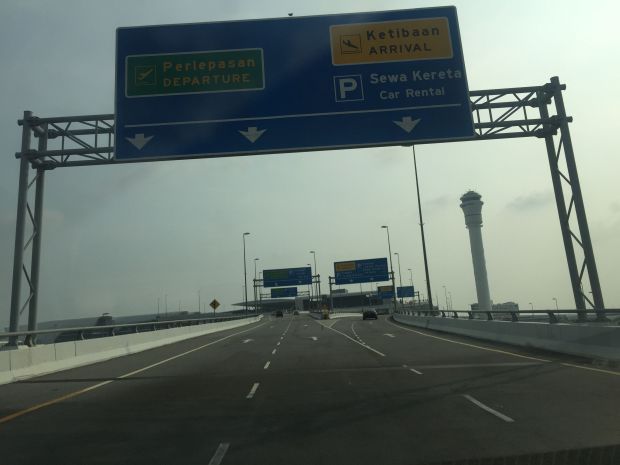









































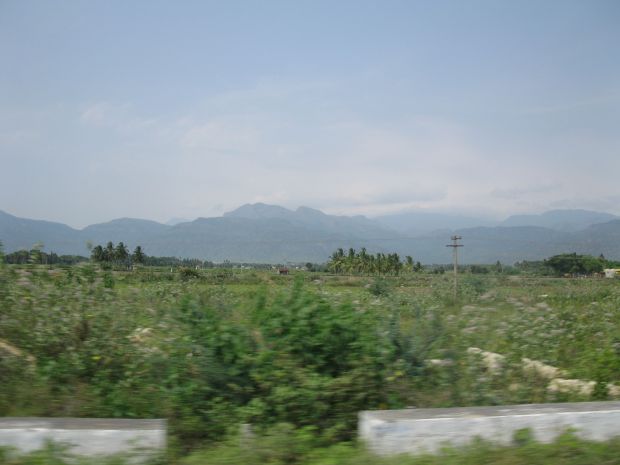

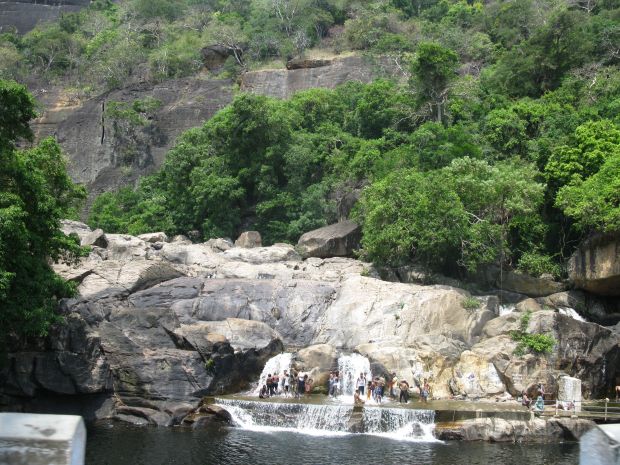
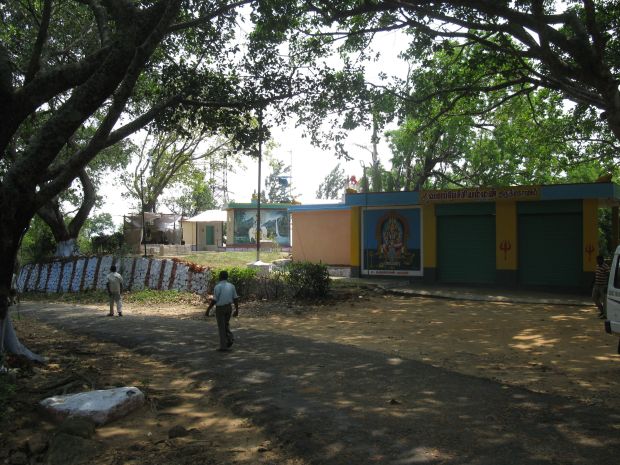

























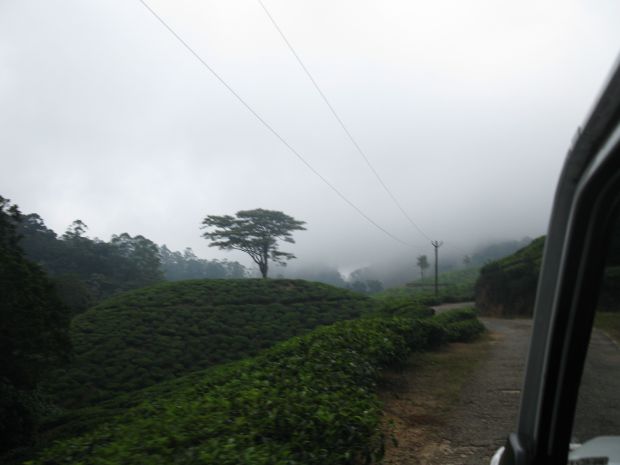






 We cross the peak and descend along a vertical cliff face to reach the station cum gate valve. The place is abandoned and closed. The clouds are carried up from the Kanyakumari plains below. On clear days it is said you can see till the Indian Ocean and Neyar dam in Kerala.
We cross the peak and descend along a vertical cliff face to reach the station cum gate valve. The place is abandoned and closed. The clouds are carried up from the Kanyakumari plains below. On clear days it is said you can see till the Indian Ocean and Neyar dam in Kerala.

























